
Required Documents for Canada IC (ISED) Certification
In the process of global trade integration, electronic product exports face strict market access standards from different countries and regions. For electronic products planning to enter the Canadian market, the Canada ic certification (currently managed by Innovation, Science and EconoMIC Development Canada, i.e., ised) is an indispensable compliance requirement. This guide systematically analyzes the core elements of the IC (ISED) certification based on relevant regULations and industry standards to provide professional certification guidance for enterprises.
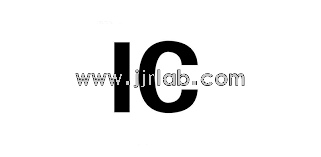
Canada IC (ISED) Certification Entity and Background
The IC certification was originally a mandatory certification system for wireless products implemented by Industry Canada. Since 2016, this responsibility has been transferRED to Innovation, Science and Economic Development Canada (ISED).
ISED formulates testing standards for analog and digital terminal devices according to the Canadian Radio Communications Act and related regulations. It is fully responsible for the certification management of electronic and electrical products entering the Canadian market. This certification system not only guarantees product quality and safety but also serves as a necessary pass for companies to access the Canadian market.
Required Documents for Canada IC (ISED) Certification Application
The required documents for IC (ISED) certification vary depending on whether the product has wireless functions:
(1) Ordinary Non-Wireless Products
The application process for these products is relatively simple. The following core documents must be submitted:
- Product Samples:Provide the number of complete and fully functional samples as specified by ISED for laboratory testing.
- Product Manual:Detailed explanation of product functions, technical parameters, operating instructions, and safety precautions.
- Application Form:Accurately fill in company information, product details, technical parameters, and ensure the information is true and valid.
(2) Wireless Function Products
Wireless products require IC-ID certification, and the required documents are more detailed:
1. Schematics:Provide complete and clear circuit design diagrams, indicating key component parameters and circuit connections.
2. Block Diagram:Show the composition and relationships of various functional modules within the product.
3. Circuit Description:Detailed explanation of the circuit working principles, signal processing flow, and frequency control mechanisms.
4. User Manual:Cover product operation guide, maintenance methods, troubleshooting instructions.
5. RF Prototype:A sample specifically for RF performance testing, ensuring RF functions are consistent with mass production products.
6. Software and Hardware Version Numbers:Clearly specify software and hardware version numbers for version management and traceability.
7. Product Serial Number:Unique identification code for each product, used for tracking and quality control.
8. Canadian Agent Information:Designate an authorized agent in Canada with detailed contact information and address.
9. Fixed Frequency Software Version Number:If the product has frequency setting functions, provide the corresponding software version number and operation instructions.
Canada IC (ISED) Certification Timeline and Process
The certification cycle varies depending on product type:
- Ordinary Electronic Products (IC Certification):Usually tested and certified by a third-party laboratory, with a typical cycle of about 1 week. Enterprises can quickly obtain certification to meet market launch timing requirements.
- Wireless Products (IC-ID Certification):Requires strict review and issuance by a TCB (Telecommunication Certification Body), with a certification cycle up to 4 weeks. This process includes product testing, technical document review, compliance assessment, and more, ensuring wireless products meet Canadian wireless regulations.
Core Certification Standards System
ISED has formulated a series of strict certification standards, mainly including:
- ICES-001:For analog devices, specifying electromagnetic compatibility (EMC) requirements for analog signal processing devices to limit electromagnetic interference during operation, ensuring no adverse impact on other devices or systems.
- ICES-003:Applicable to digital terminal devices, regulating parameters such as electromagnetic radiation intensity and conducted interference to ensure electromagnetic safety of digital products.
- RSS Series:This series covers transmitter and receiver devices, clearly specifying key parameters such as operating frequency range, transmission power, modulation method, and spurious emissions for wireless communication devices to ensure compatibility and communication stability among wireless devices.
Email:hello@jjrlab.com
Write your message here and send it to us
 Infant Support Pillow 16 CFR 1243/1242 & ASTM
Infant Support Pillow 16 CFR 1243/1242 & ASTM
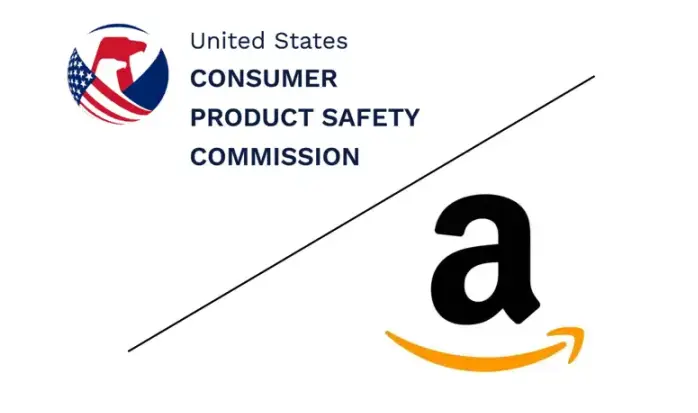 BRM Registration Card Under CFR Part 1130 Regulati
BRM Registration Card Under CFR Part 1130 Regulati
 How to get a D-U-N-S® Number for US FDA Registrati
How to get a D-U-N-S® Number for US FDA Registrati
 Household Massage Devices Compliance in the China
Household Massage Devices Compliance in the China
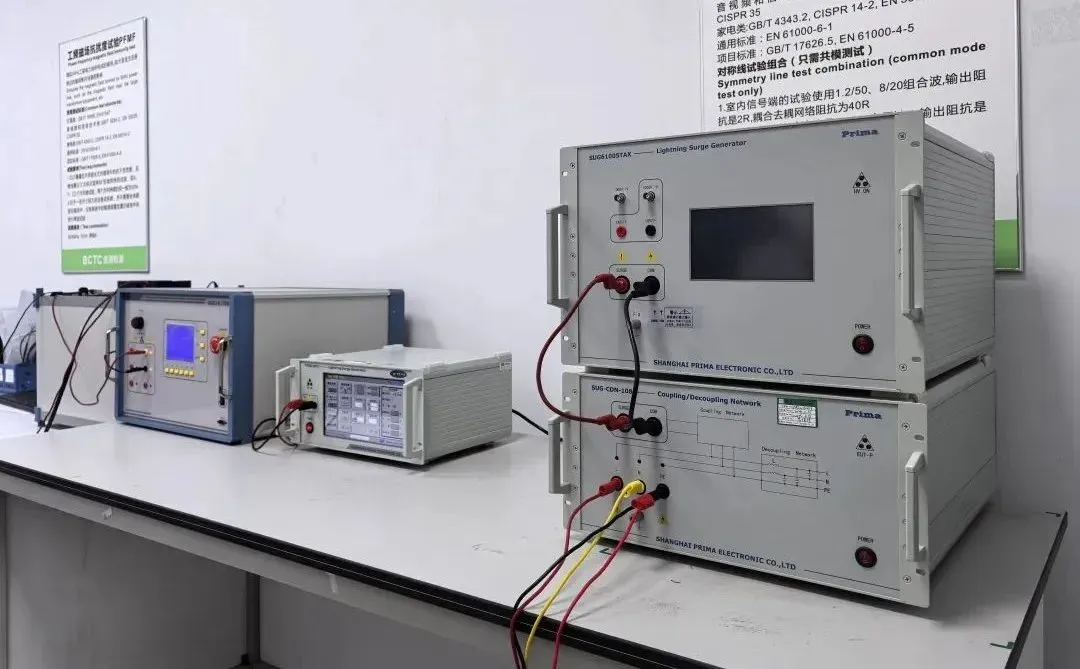 Compliance for the Global In Vitro Diagnostic (IVD
Compliance for the Global In Vitro Diagnostic (IVD
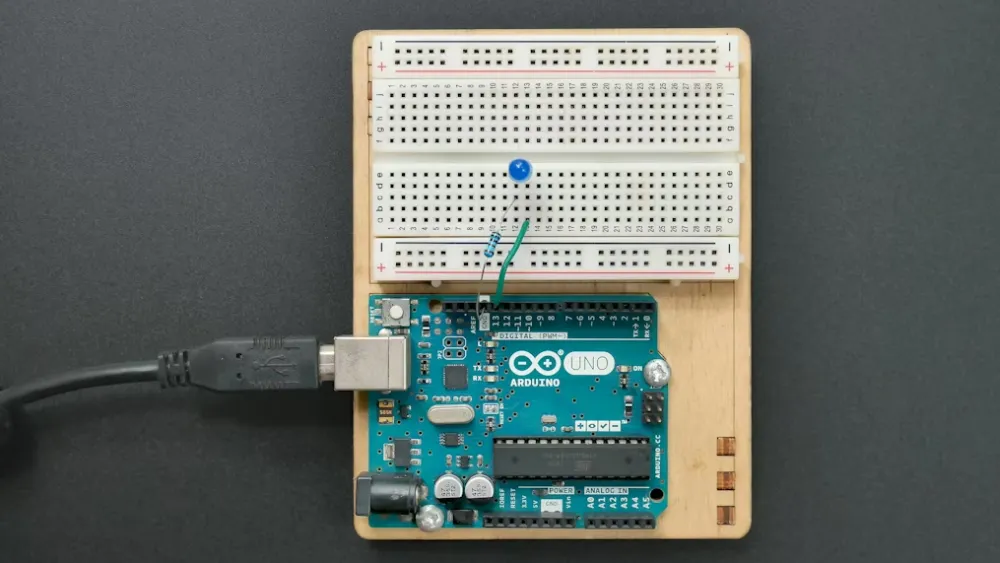 Compliance Guide for Nebulizers in European and Am
Compliance Guide for Nebulizers in European and Am
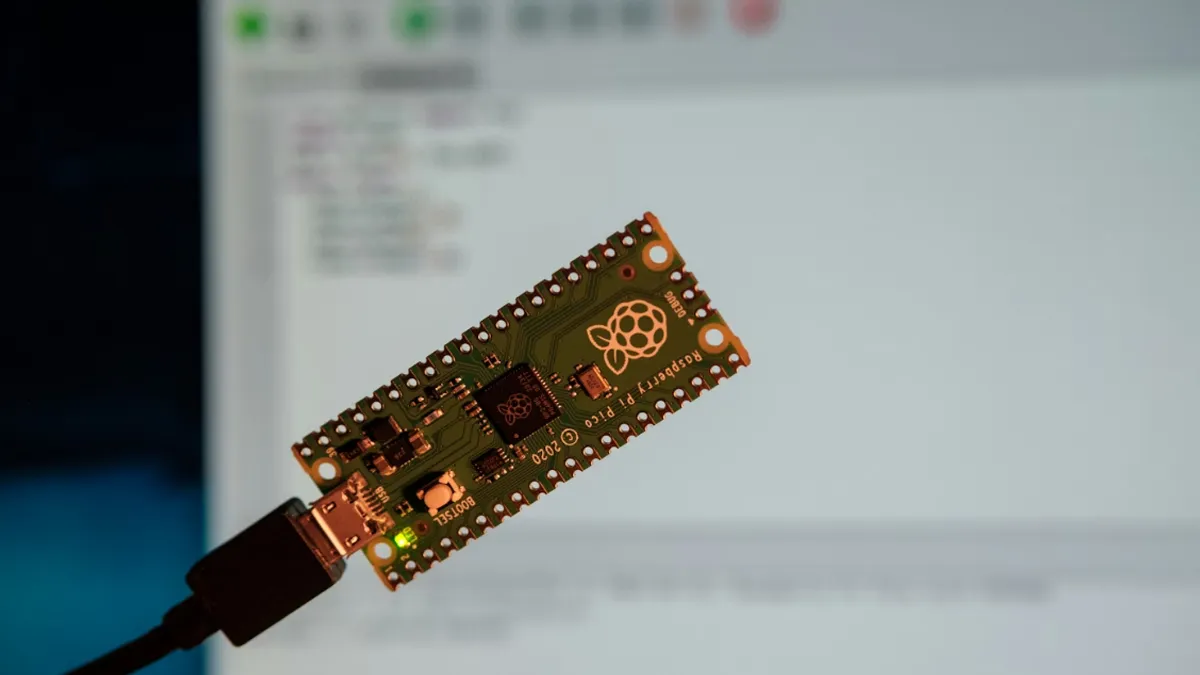 Cybersecurity Certification Service for EU RED Dir
Cybersecurity Certification Service for EU RED Dir
 ANATEL Certification Compliance Guide for Brazil M
ANATEL Certification Compliance Guide for Brazil M
Leave us a message
24-hour online customer service at any time to respond, so that you worry!




